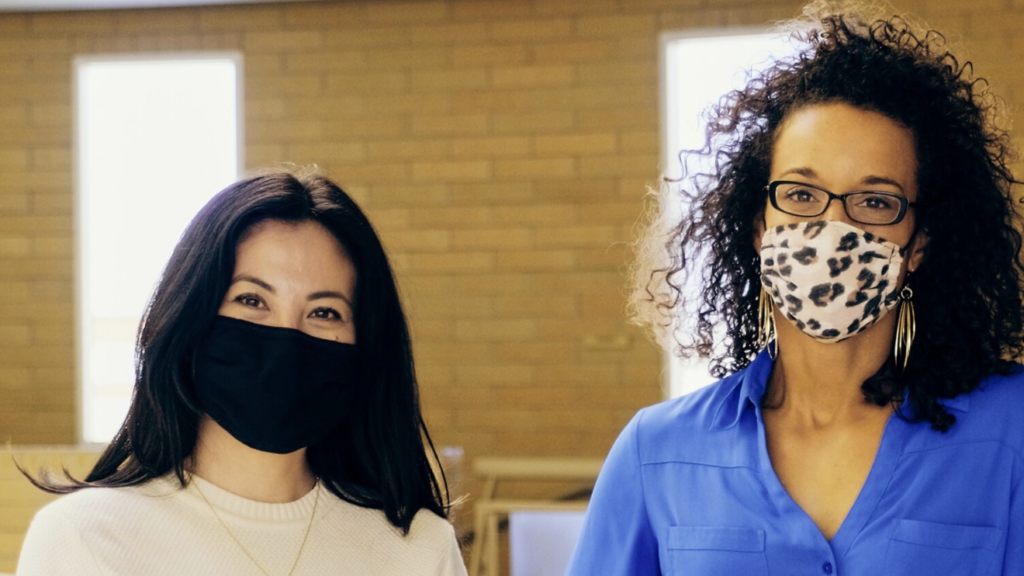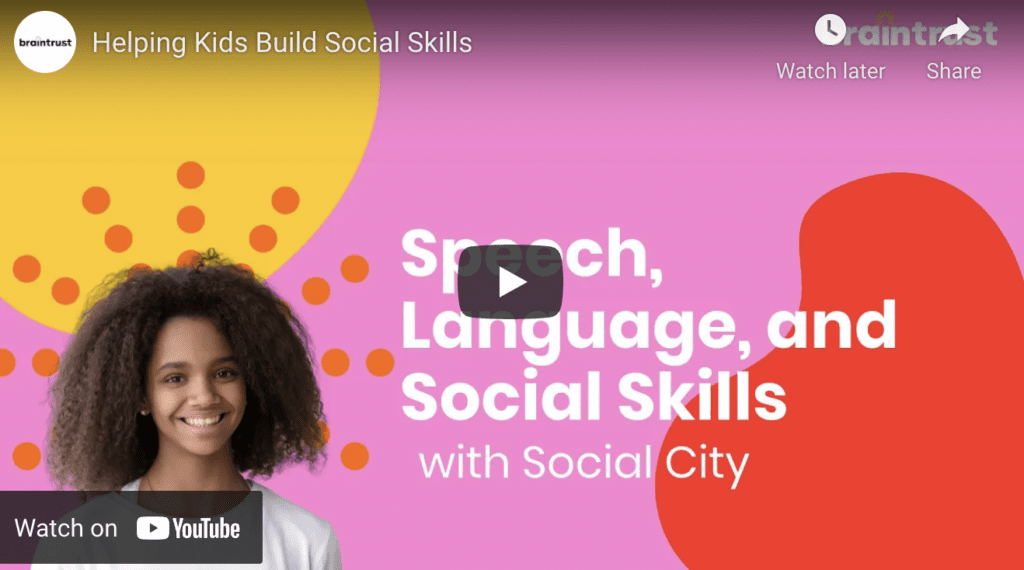
Managing behavior remotely is a double-edged sword. Some behaviors feel out of the teacher’s hands when students are not physically present in the room. In one way, this is freeing. The mute button means teachers almost never have to worry about noise disruptions. Your “classroom” will always be in as pristine order as you want it to be. No sloppy book piles or ripped papers falling out of desks. And for truly egregious behaviors, safety concerns are virtually non-existent in a remote classroom. But these limitations also pose a challenge in establishing a remote environment that prevents negative behavior in the first place.
The good news is that with some patience and creativity, even teachers who are fully remote and dealing with challenging behaviors can see improvements. Here are some strategies for addressing behavior in a remote classroom:
1. Take it back to basics–connect with your students
We’ve all had that one student who just pushes all of our buttons. No matter how hard we try to keep our cool, we often end up with a headache just from talking to this student. That’s the student with whom you need to connect most. Whether you know the root cause of their behavior or not, there is a reason for every single intentional distraction, rude comment, or act of defiance. Since our usual in-person strategies, whether they were useful or not, aren’t available to us right now, our best line of defense against these behaviors is to build relationships. This is the most time-consuming but most effective strategy for mitigating problematic behavior. Students are always less likely to be disruptive for teachers with whom they feel a connection.
2. Engage
Give students every opportunity to do what they are supposed to do. When students don’t have “down time,” they are far less likely to get off task, simply because they don’t have the chance. The biggest obstacle here is the fact that technology isn’t always reliable. Have a back-up plan in place for when your computer freezes, breakout rooms don’t work, a document you want to screen-share won’t load, or any of the other hundred things that could go wrong, does. Having your students sit in silence while you try to troubleshoot makes it more difficult to bring them back to the lesson. Possibilities for filling these spaces include: an ongoing writing piece, a website for independent practice, a reading passage you’ve sent them, or the chance to get a head start on their homework. Make sure whatever the back-up plan is, they know it and have access to whatever the materials are ahead of time.
You can also increase engagement by making your lessons interactive with tools like Nearpod or Peardeck. These platforms not only help you design engaging mini-lessons, they bring your students into the loop, too. Interactive tasks along the way help make sure they are following.
3. Build community.
Just as important as establishing connections with individual students is establishing a class-wide sense of community. Take time often to do an academic team-building activity (like “Think-Pair-Share” in breakout rooms). Students who feel connected to their teachers and peers always perform better, and are more likely to seek success for themselves as well as others.
4. Model everything.
Sometimes teachers assume prior knowledge of students. It’s always well-intentioned. And with the limited amount of instructional time to get through a whole lot of content, it makes sense that you wouldn’t want to waste time teaching something your students already know how to do. But assuming this knowledge can be risky. For example, let’s say you give your students a project on Google Slides to work on in class. You spent a long time on the details of this project, and you’re excited to introduce it to your students. It’s the first time you’ve used Google Slides with them, but you think it’s extremely user-friendly and you don’t take time to go over how to use it. As you circulate between the documents that they created (and that you have access to), you’re noticing that very little work is being done. You might question whether your directions were clear, or whether they’re just off-task. Often, it’s more simple than that: they don’t know how to use the tool.
In short, model everything, and do so often.
6. Use breakout rooms strategically.
Breakout rooms can be a blessing and a curse. They are an amazing way for students to work in partnerships, small groups, or independently. They are also a great place for students to goof off and get off task without the teacher’s eyes on them. The key here is to be thoughtful in who you are putting together in breakout rooms. It’s always best to avoid putting together two best friends who distract each other, but you might put together a student who is sometimes disengaged, with another student who is kind, patient, and comfortable with the material. You know your students best, so group strategically.




